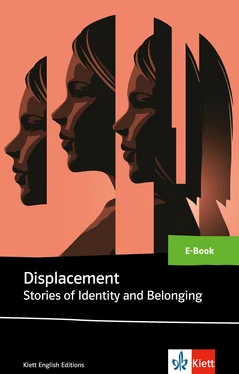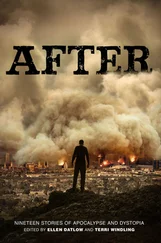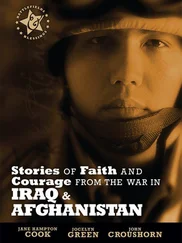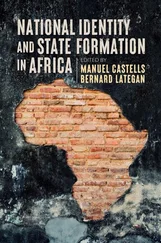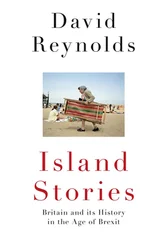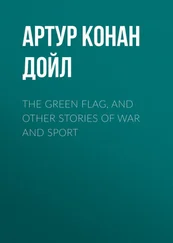Stories of Identity and Belonging
Worterklärungen
von Isabelle Richter

1. Auflage 1 Version 1| 2020
Das Werk und seine Teile sind urheberrechtlich geschützt. Jede Nutzung in anderen als den gesetzlich zugelassenen Fällen bedarf der vorherigen schriftlichen Einwilligung des Verlags.
© Ernst Klett Sprachen GmbH, Rotebühlstraße 77, 70178 Stuttgart 2020 Alle Rechte vorbehalten.
www.klett-sprachen.de
Worterklärungen von Isabelle Richter
Redaktion: Paul Newcomb
Layoutkonzeption: Elmar Feuerbach
Gestaltung und Satz: Joachim Schrimm, Friolzheim
Umschlaggestaltung: Eva Lettenmayer
Titelbild: Getty Images (solarseven), München
ISBN 978-3-12-579385-9
eISBN 978-3-12-909103-6
Introduction
1. Questions of courage and conscience
Andrea Levy:Loose Change
Shereen Pandit:She Shall Not Be Moved
Saeed Taji Farouky:The Rain Missed My Face and Fell Straight to My Shoes
2. Questions of identity and belonging
Jhumpa Lahiri:The Third and Final Continent
Qaisra Shahraz:The Escape
Abbreviations used in the annotations
| abb |
abbreviation |
| adj |
adjective |
| AE |
American English |
| BE |
British English |
| b |
born |
| derog |
derogatory (beleidigend) |
| e.g . |
for example |
| esp |
especially |
| etc |
et cetera |
| fig |
figurative |
| fml |
formal |
| hum |
humourous |
| idm |
idiom |
| i.e . |
that is |
| inf |
informal |
| Lat |
Latin |
| n |
noun |
| old |
old-fashioned |
| opp of |
opposite of |
| pl |
plural |
| sb |
somebody |
| sl |
slang (be careful how you use it!) |
| sth |
something |
| usu |
usually |
Displacement Stories of Identity and Belonging: Introduction
It is a human characteristic (and, many socio-psychologists would even say, necessity ) to define ourselves and our identities in terms of both personal development and social norms. But, in the course of modern and eventful lives, our senses of identity and belonging will develop and shift greatly. This process is particularly apparent when people are faced with displacement from the cultures and social environments in which they grew up. In new, multi-ethnic, diverse religious or cultural contexts, this evolution of identity might encounter obstacles and lead to struggles – economic ones as well as ‘mere’ psychological ones, for it is a natural and eternal fact of human existence that people with not much will gravitate towards places where there is more.
In our post-colonial, globalised world, we constantly meet people who were not born in the town they now inhabit, or whose parents came to this country from a place far away. We have become used to a variety of restaurants in our city centres: Turkish takeaways, Italian pizza joints, Japanese sushi restaurants… Your hairdresser might be French originally, your yoga teacher Indian. And maybe, in a couple of years, you yourself might venture out and settle down far away from the place you originally called home.
What will await you there? Will you fit in?
Will the locals be friendly towards you?
When will you finally call this new place ‘home’?
This book is a collection of five short stories, written by five authors from different ethnic and cultural backgrounds, but which all deal with the concept of displacement and its impact on identity and a sense of belonging. It can be roughly divided into two sections: the first three stories are all set in London and tell of everyday situations, focussing on questions of (civil) courage and the ethics of living together in a multi-cultural society.
Then: Different generations of immigrants are faced with different challenges when trying to fit in and develop a new sense of belonging in an unknown and at first alien environment. In the second section, two slightly longer and more complex stories deal with this type of immigrant experience, in the US and the UK respectively, their protagonists always returning to the central question: ‘Where is home?’
Given that the fictional examples provided here are all based on the personal experiences of their authors in different corners of the world, you as readers are shown the wide kaleidoscope of developing an identity under extraordinary circumstances. Furthermore, the texts expose the challenges our modern multi-ethnic and multi-cultural society must face on a daily basis.
We hope that you enjoy reading the stories and will relate to the central human issue of identity and belonging.
In order to get to know the five authors a little better, please start with the following research activity:
Five authors, five biographies, five stories of displacement
In small groups, choose one of the authors to research and present to the class. Or choose and work on an author individually and then form groups to compare ideas:
Qaisra Sharaz, Jhumpa Lahiri, Andrea Levy, Shereen Pandit, Saeed Taji Farouky
1.Research your author’s biography, including ethnic and cultural background(s). Speculate how his/her experiences might have influenced his/her writing.
2.Look at social media (Facebook/Twitter etc) and/or the authors’ personal websites and analyse how they present themselves and their work.
3.Find quotes from the authors’ works or from interviews (e.g. on YouTube). Choose your favourite quote and present it to the class. Explain your choice.
1.Questions of courage and conscience
Andrea Levy
I am not in the habit of making friends with strangers. I’m a Londoner. Not even little grey-haired old ladies passing comment on the weather can shame a response from me. I’m a Londoner – aloof sweats from my pores. But I was in a bit of a predicament; my period was two days early and I was caught unprepared.
I’d just gone into the National Portrait Gallery to get out of the cold. It had begun to feel, as I’d walked through the bleakstreets, like acidwas being thrown at my exposed skin. My fingers were numbsearching in my purse for change for the tampon machine; I barely felt the pull of the zip. But I didn’t have any coins.
I was forced to ask in a loud voice in this small lavatory. “Has anyone got three twenty-pence pieces?”
Everyone seemed to leave the place at once – all of them Londoners, I was sure of it. Only she was left – fixing her hair in the mirror.
“Do you have change?”
She turned round slowly as I held out a ten pound note. She had the most spectacular eyebrows. I could see the lines of black hair, like magnetized iron fillings, tumbling across her eyes and almost joining above her nose. I must have been staring hard to recall them so clearly now. She had wide black eyes and a round face with such a solid jawline that she looked to have taken a gentle whackfrom Tom and Jerry’s cartoon frying pan. She dug into the pocket of her jacket and pulled out a bulging handful of money. It was coppersmostly. Same of it tinkled on to the floor. But she had change: too much – I didn’t want a bag full of the stuff myself.
Читать дальше
